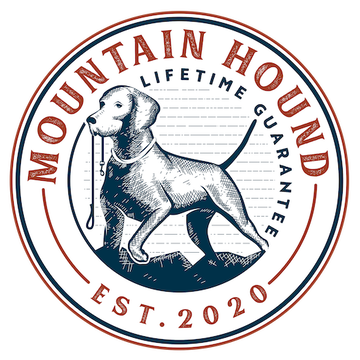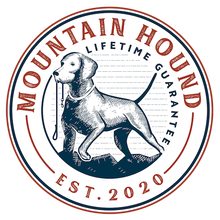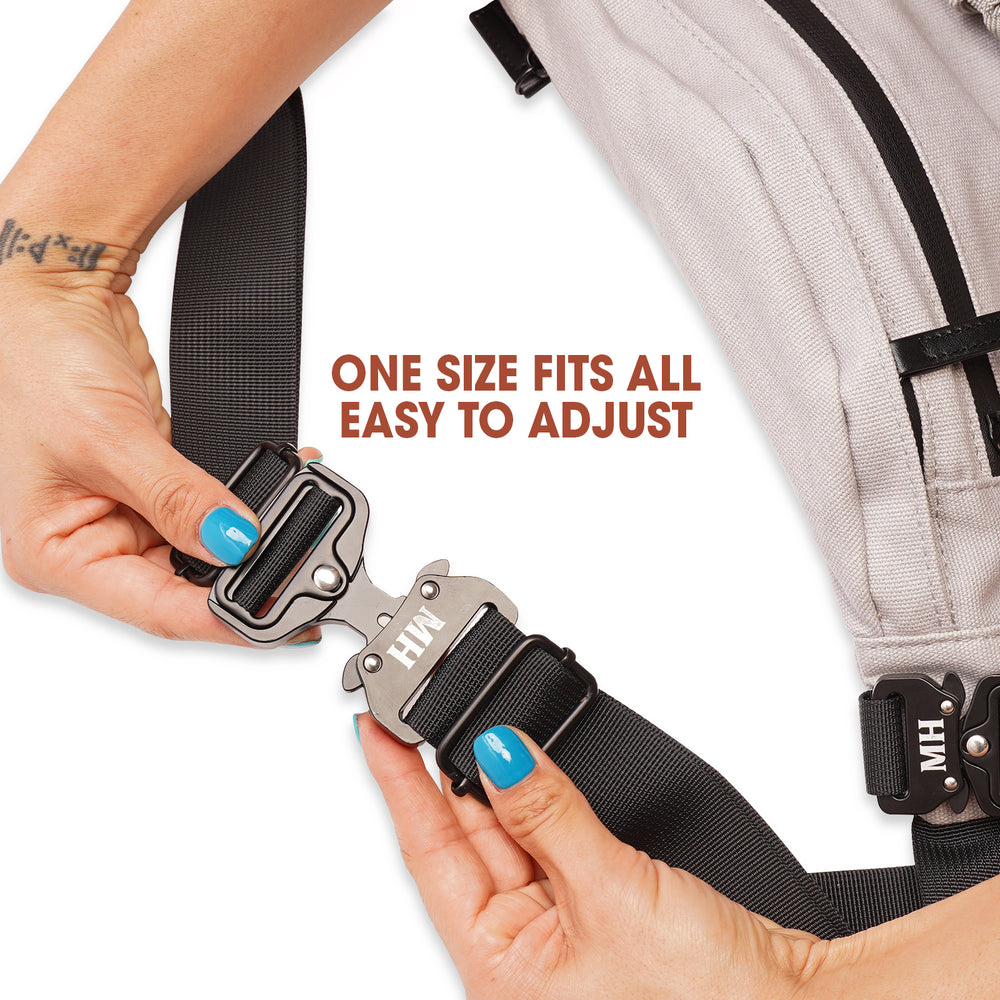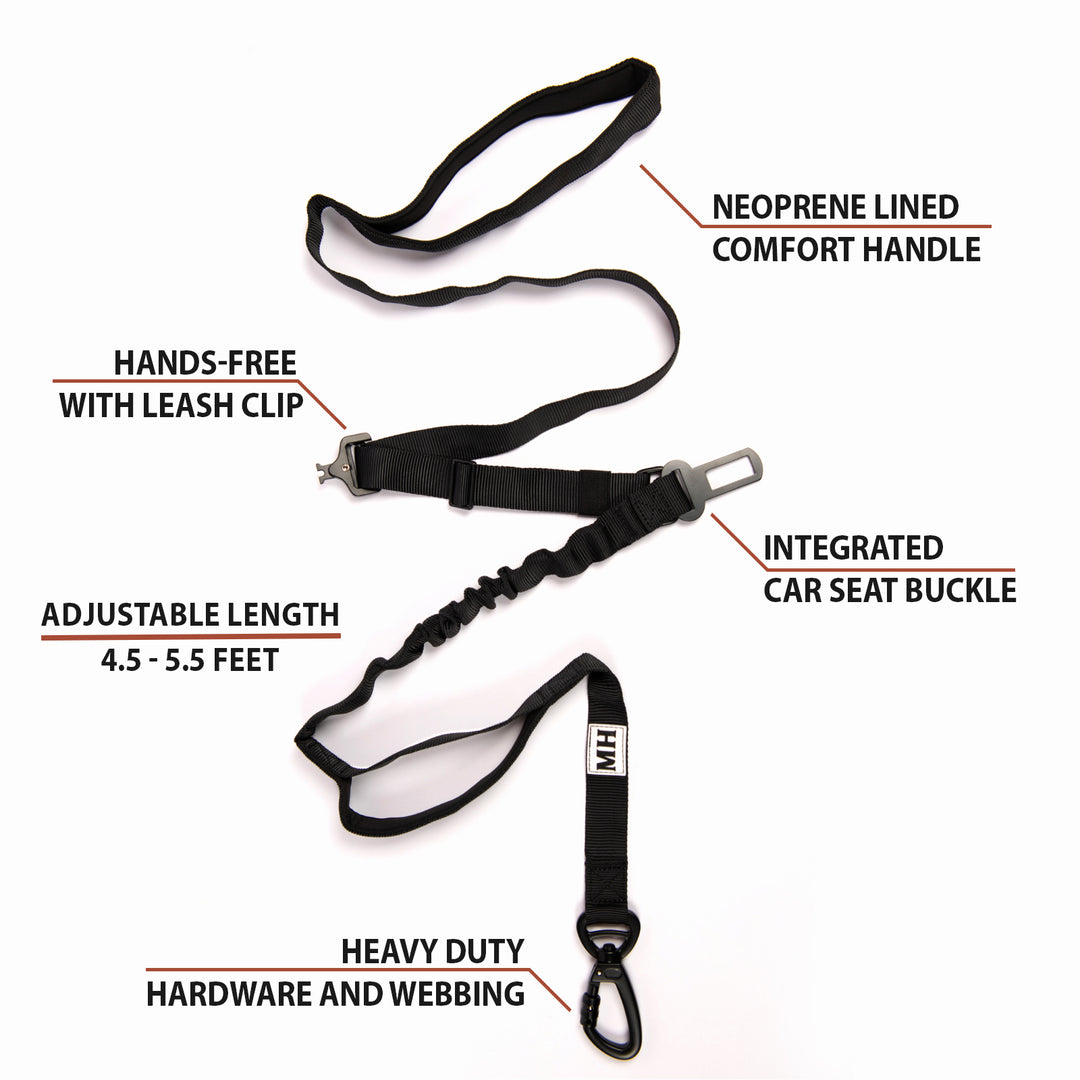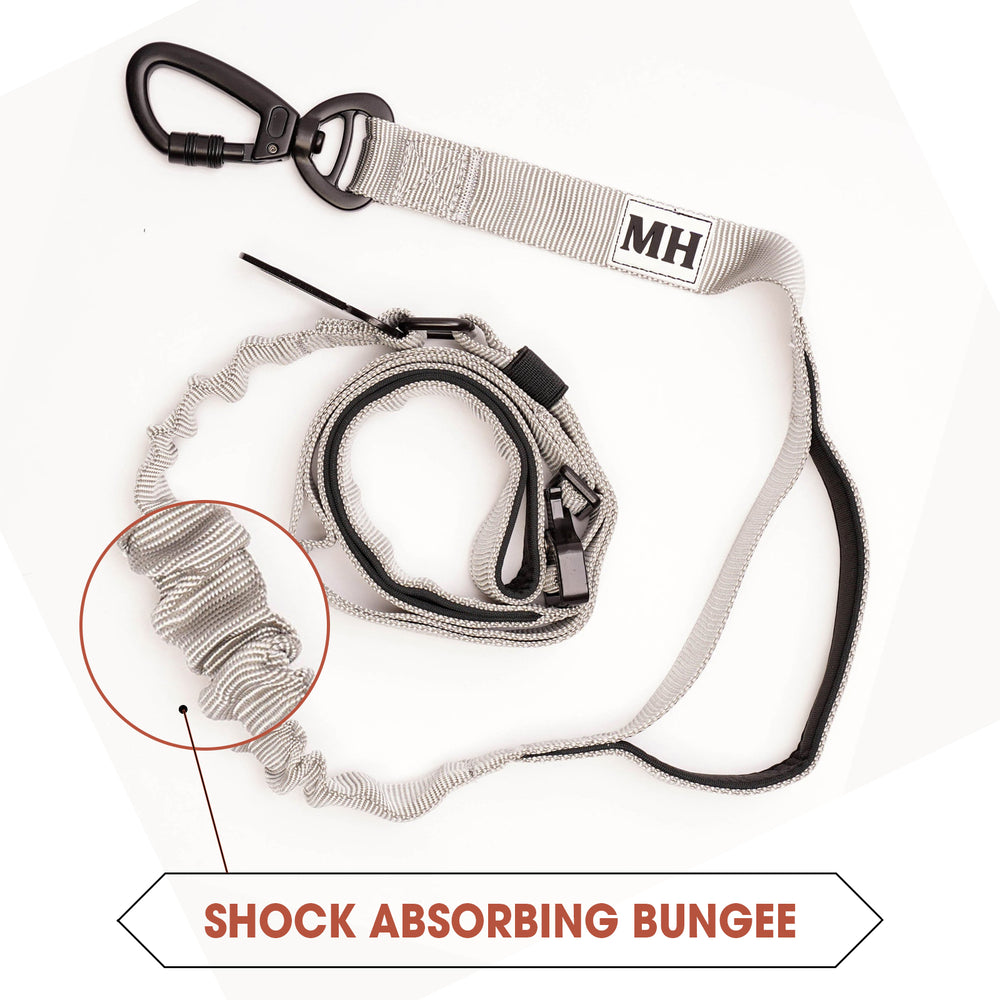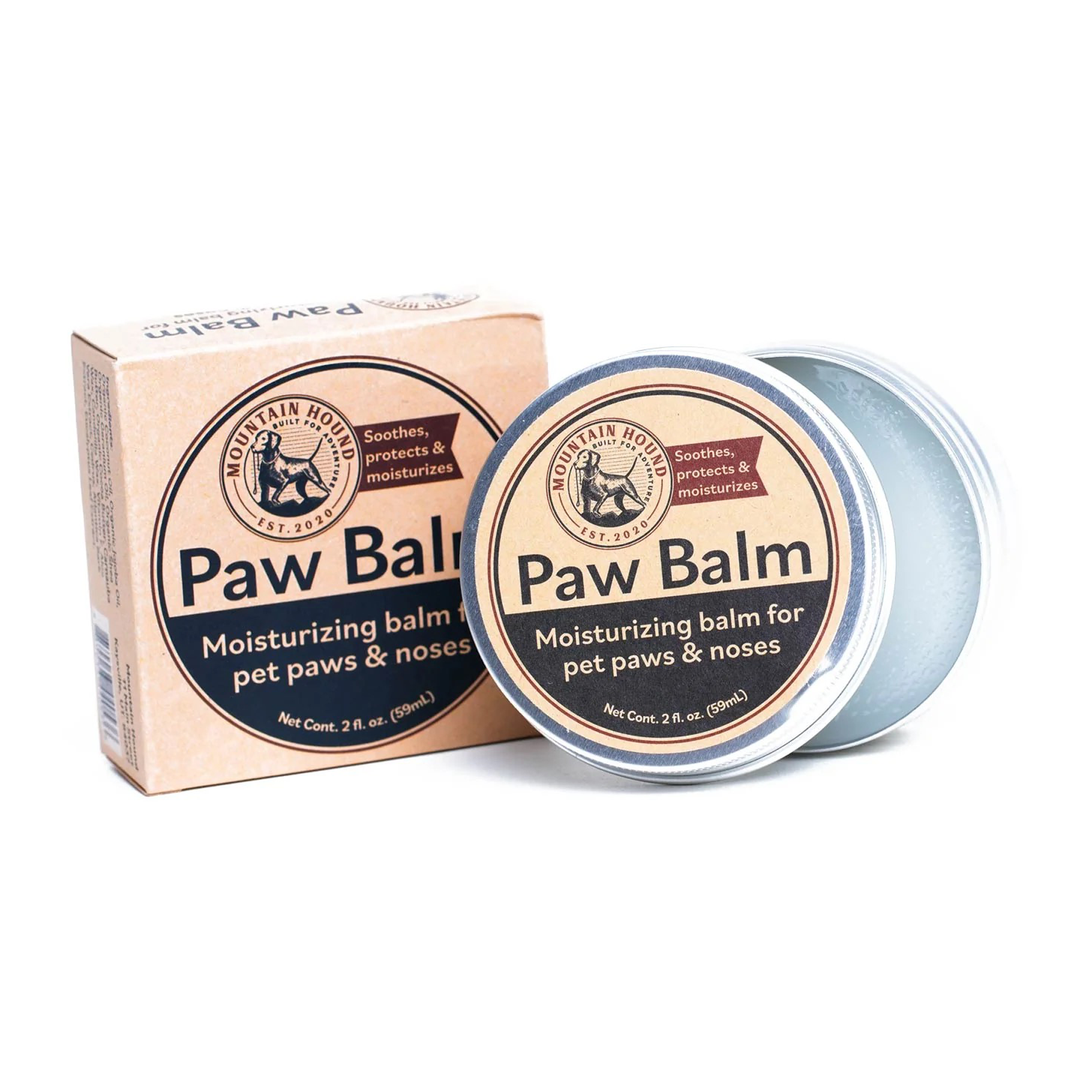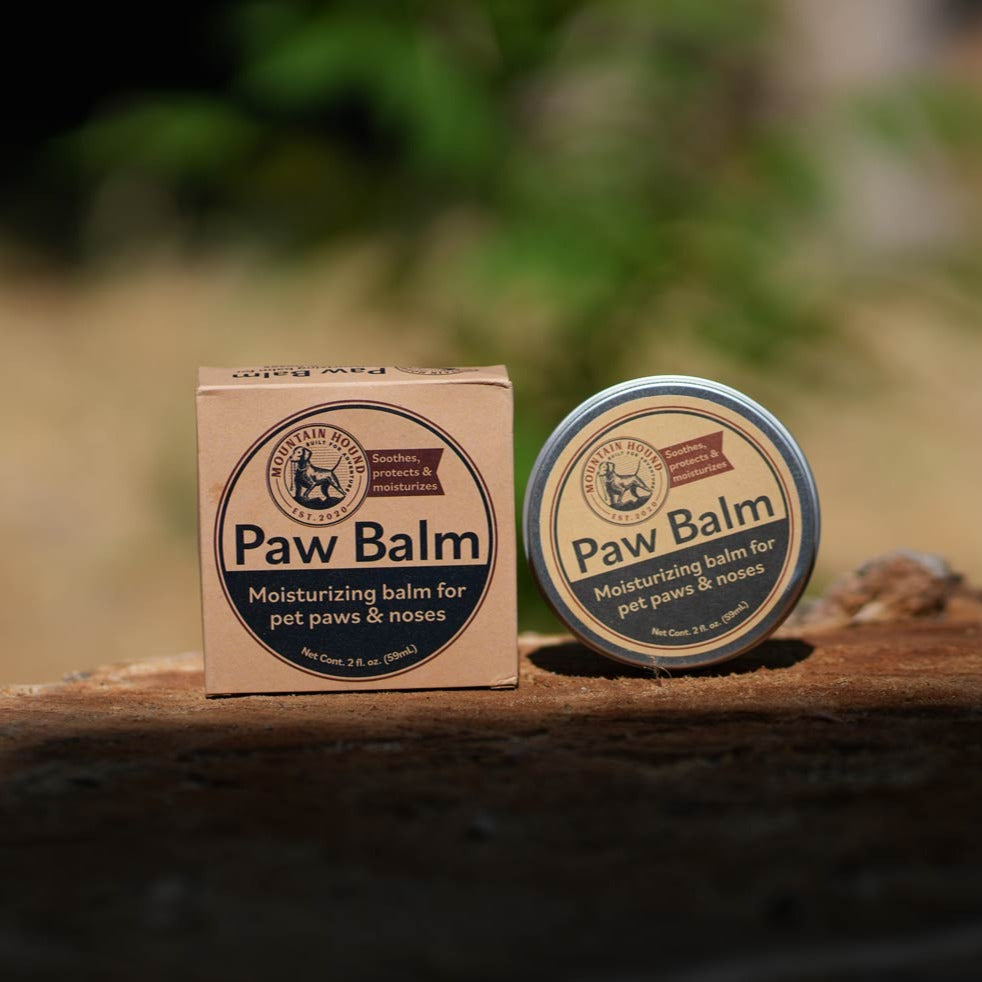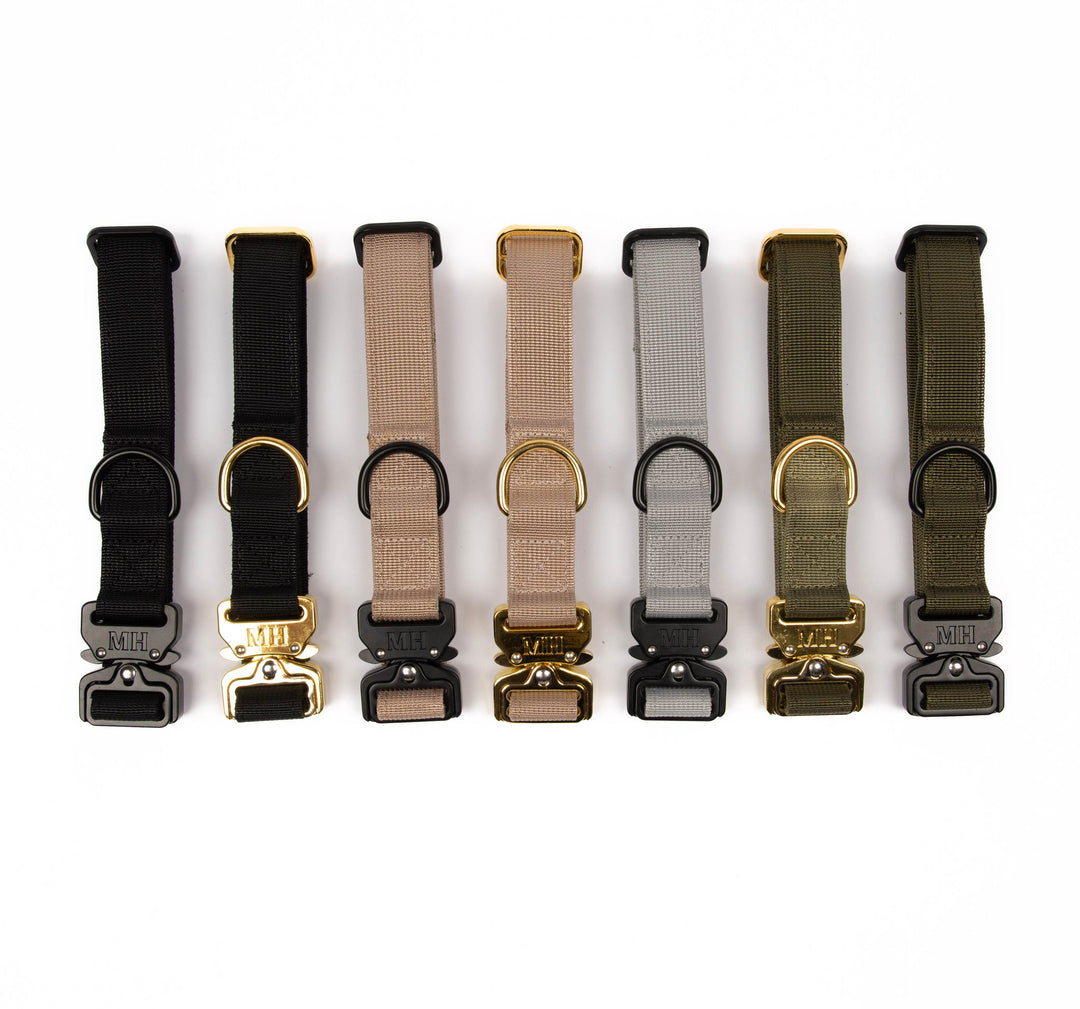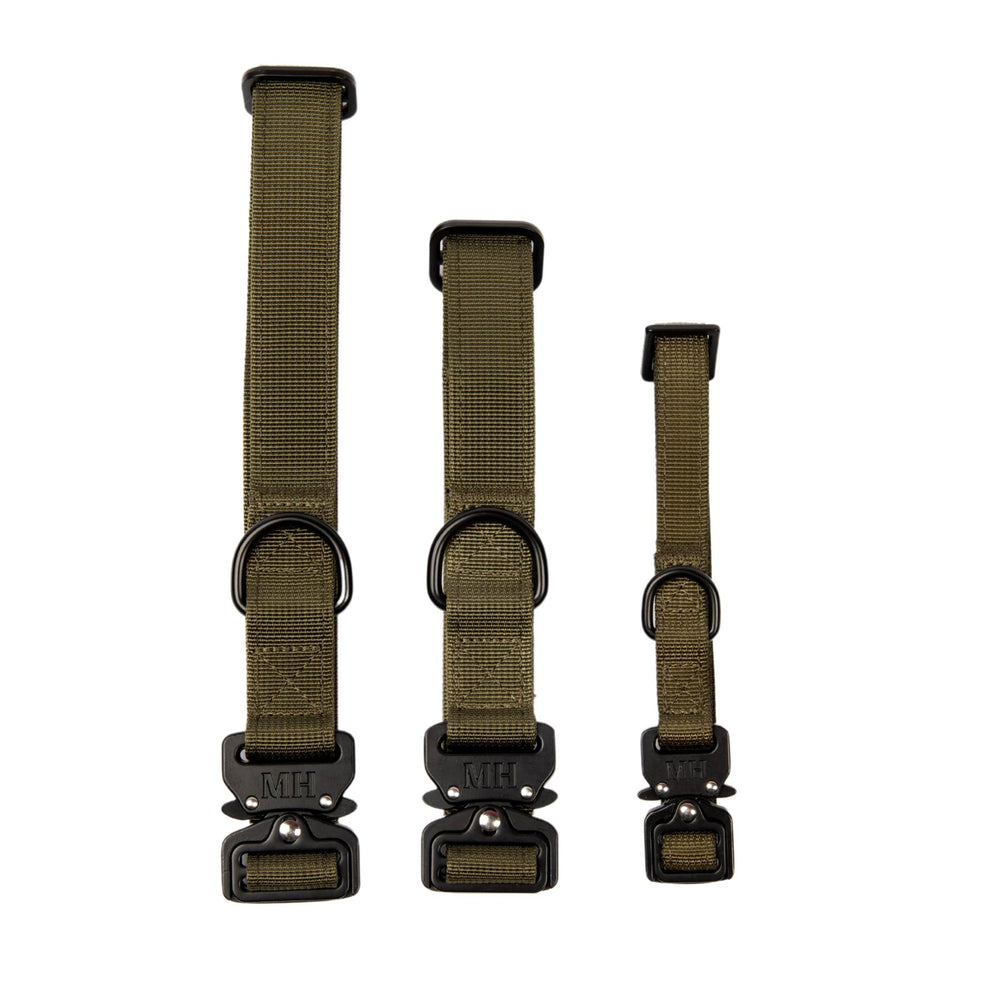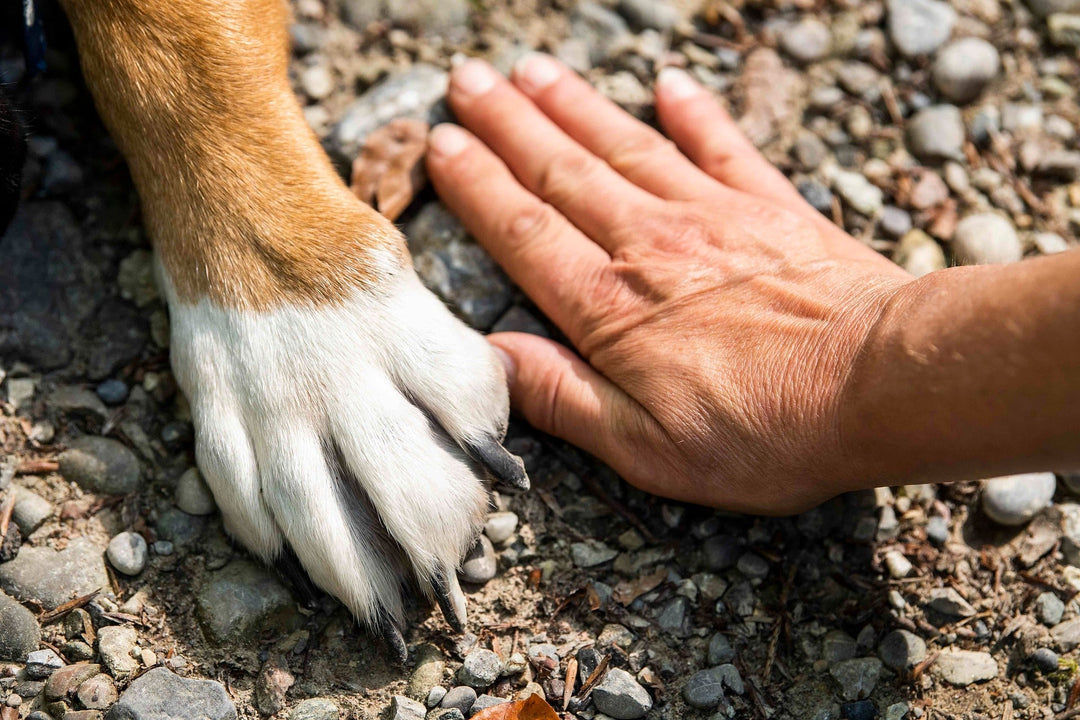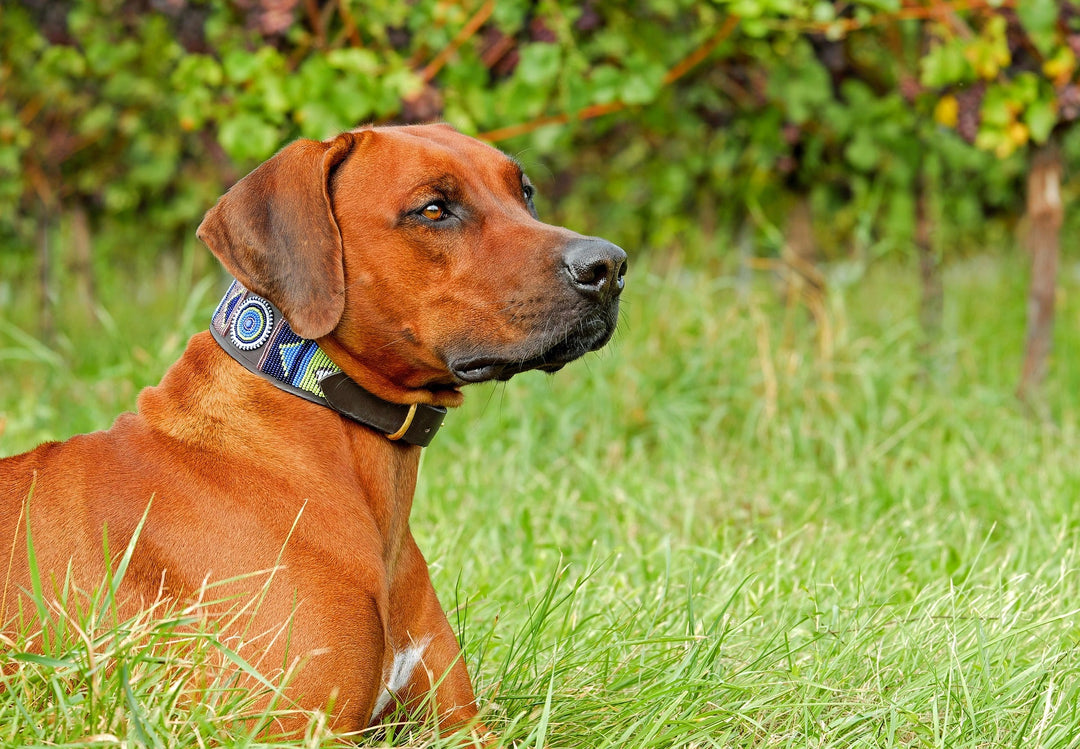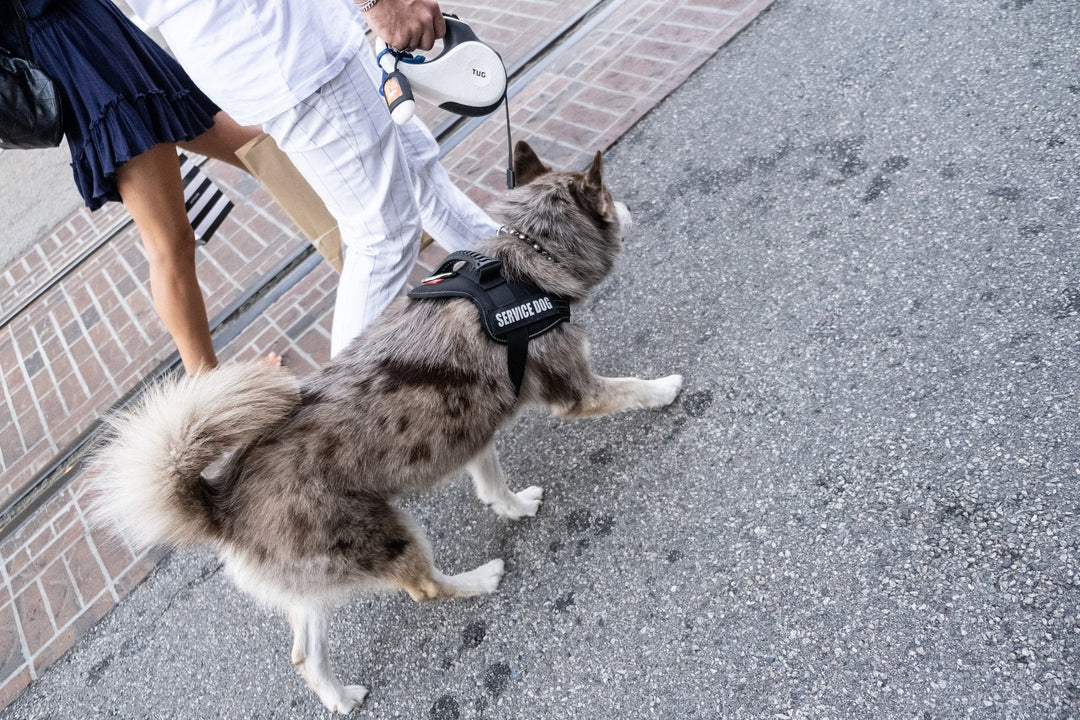Does Dog Inbreeding Matter?
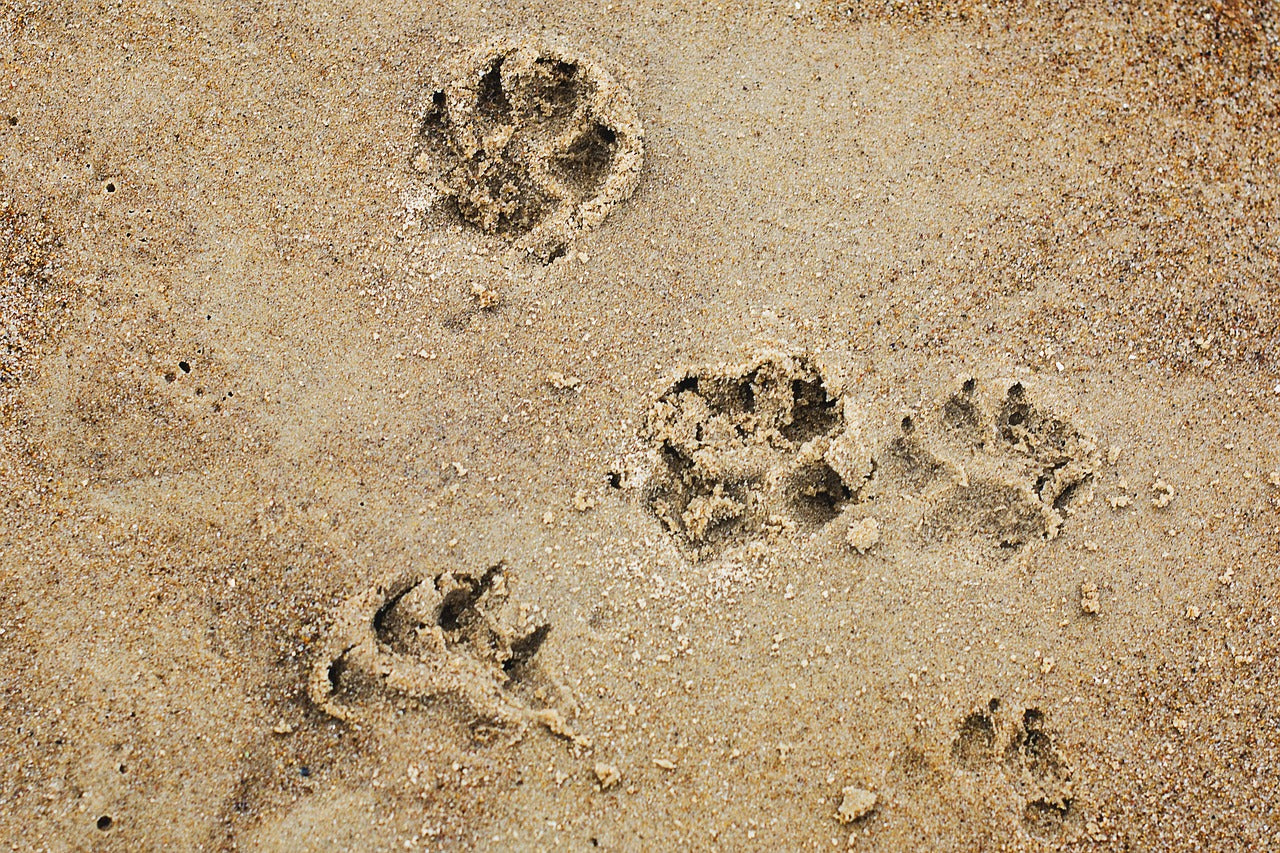
When it comes to breeding dogs, dog inbreeding has been a common practice for many years. Some advocate that it keeps the 'bloodline pure' while others accept it because it results in the 'cute' dogs many pet parents adore, for example, the Pug's gorgeous face and the Dalmatian's infamous spots!
However, pet parents need to understand the potential issues that can arise when dogs are interbred with their close family relatives. In today's Mountain Hound blog, we will discuss why inbreeding of dogs matters and highlight five potential issues that can occur from this practice. Furthermore, we will provide a list of what to look for when purchasing a puppy and how to spot whether they have been interbred.
5 Potential Issues Caused by Dog Inbreeding
- Increased Risk of Inherited Diseases:
Inbreeding among dogs can lead to a higher risk of inherited diseases, such as hip dysplasia, eye disease, heart disease, and deafness. When puppies receive the same genes from both parents, these diseases are more likely to be expressed in the offspring.
- Reduced Genetic Diversity:
Inbreeding can also reduce genetic diversity, impacting a dog's overall health and well-being. Genetic diversity allows for a wider range of traits to be passed down from the parents, which can help increase the chances of the offspring being healthy and resilient.
- Lowered Immune System Function:
Inbred dogs may also have compromised immune system function, making them more susceptible to infections and illnesses. The immune system relies on genetic diversity to recognize and fight off a wide range of pathogens.
- Increased Aggression:
Dog inbreeding can often lead to increased dog aggression and erratic behavior. This can sometimes manifest as defensive, territorial, or fear-based aggression.
- Reduced Fertility and Longevity
Inbred dogs often have reduced fertility and a shorter lifespan. This is because their genetic makeup may make it difficult to reproduce or maintain good health for an extended period.
How to Avoid Purchasing an Inbred Puppy
When purchasing a puppy, it is important to consider the following factors if you want to avoid the problems associated with an inbred hound.
- Research the Breeder: Research the breeder and ask about their breeding practices. Ask if it's possible to see both parents and query if/how they are related.
- Inspect the puppy: Signs of extreme inbreeding of dogs include smaller pup size, asymmetrical features (eyes of different sizes, misaligned jaws), extra toes, shorter limbs and more. If the little hound looks odd, there's usually a reason!
- Check for Health Certifications: The breeder should have health certifications for the puppies' parents, ensuring they are not carriers of genetic diseases.
- Check the puppy for health issues, such as limping, coughing, or signs of lethargy.
- Ask for References: Check if the breeder can supply references from previous pet parents and follow up with them about the health and well-being of their hounds.
- Purchase your hound from a reputable breeder: It's important to select a breeder who prioritizes the health and well-being of their puppies over making a profit.
The Final Yap on The Inbreeding of Dogs
Inbreeding in dogs can lead to many health issues and problems that can negatively affect a dog's lifespan and overall health. As a pet parent, it is important to be aware of inbreeding and its many risks, as it allows you to make informed decisions and thus prioritize the health and well-being of a dog over the purity of its bloodline and appearance.
